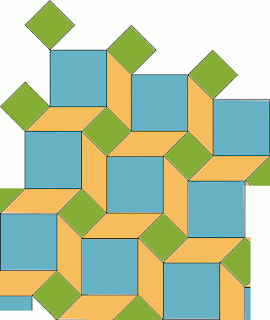Making the fractions in a proportion
"How do you know how to make the fractions in a proportion? When making them, how do you know where each number goes making the fraction, like which ones go on top of the fraction?" Well, actually you can choose which quantity will go on top; the proportion WILL work either way! But, sometimes people are used to always putting certain quantity on top and certain on the bottom. For example, if the question is about speed and the unit is "miles per hour", that tells you that miles go on top, and hours on bottom, because "per" means division (the fraction line). However, you could still solve the proportion by putting hours in the numerator of the fractions and miles in the denominator, and the calculation will turn out alright. Or, if the question is about "dollars per pound", then dollars go to the numerator and pounds in the denominator. Let's look at this problem for example: A car drives on constant speed. It can go 80 miles in 90 minutes



